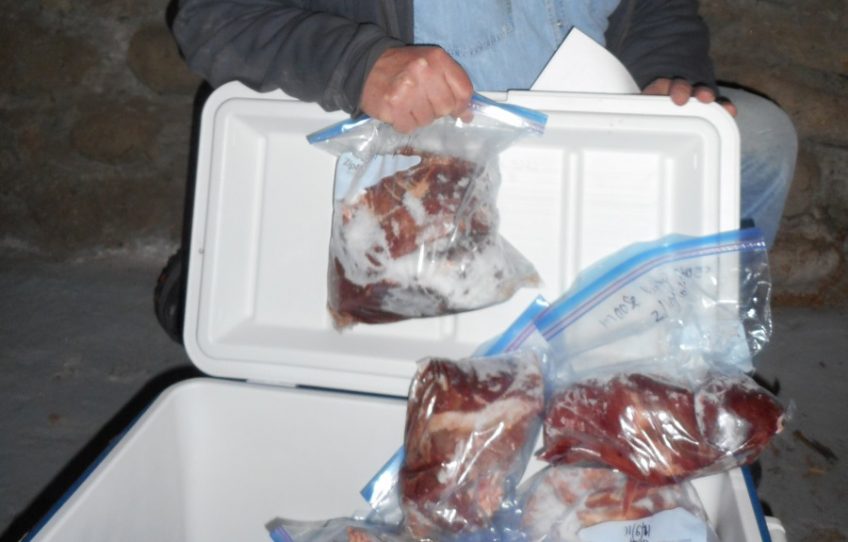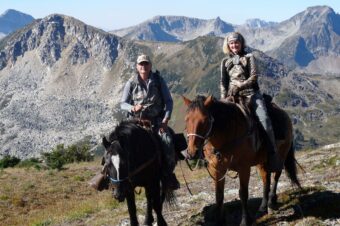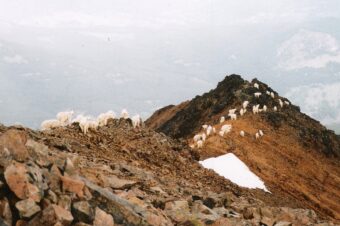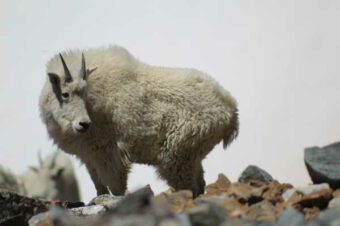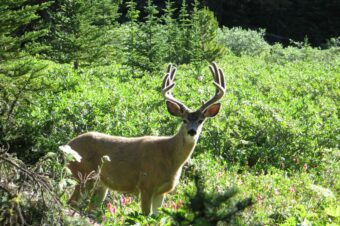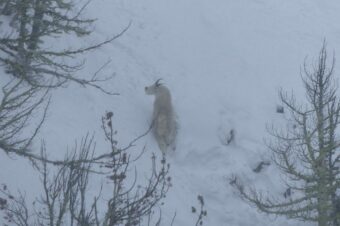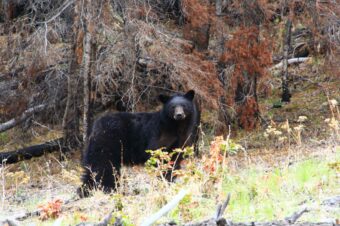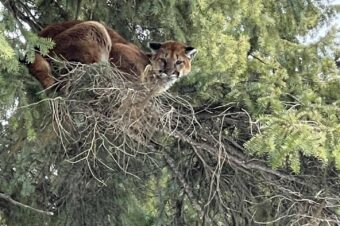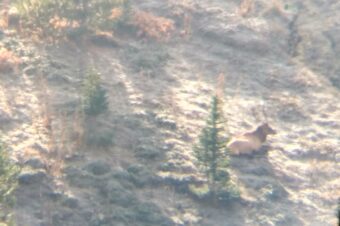"The harvest and consumption of wildlife has been an integral part of the human story throughout the entirety of our existence."
~ Shane Mahoney ~
As the trend for eating healthy is rising, so is the wish for a food source that has been produced locally and as close to nature as possible without damaging the environment. This wish is for the meat we consume to come from animals that live naturally and if possible to have a connection to those animals.
A wild animal living in its natural habitat, eating its natural food source and living a natural life until its quick and humane death, is seen to be the most morally acceptable way of consuming meat. The meat that is provided is healthy, nutritious and often richer in protein than meat raised through the 'mass production' of domesticated animals, this 'production' is the most environmentally friendly way that can be.
Besides these benefits, the meat that is harvested from wildlife also has social, traditional, recreational and economical values. Canadian and non-Canadian hunters yearly create an economically significant financial contribution, creating job opportunities, and through their contributions to the Conservation Trust Fund help support conservation projects. On top of this they create a deeper connection by sharing the meat. In numbers this means that there are approximately 40 million hunters in North America, each usually shares with about 4 other people, providing food for 160 million people; and through their sharing connect the same amount of people with wild animals and the natural world.
While there is a need for hunting, there is a need to protect the hunted species, such as California Bighorn sheep, Canadian moose and black bear, and its habitat, protecting not only the game animal, but all the other species sharing the same habitat, from anthropogenic impact. It is the connection between the food source, the respect for the animal that the hunter will gain over time, as they follow the animals' tracks through its natural habitat; and the wish, that will hopefully sprout from their endeavours, to protect that very species and its habitat resulting in an active interest in and support of conservation matters; that gives the wild harvested meat its greatest value.
Wild Game Meat Recipe
Small Roast – for sampling or as side dish
- Remove all fat, hair and bones from the meat to prevent the roast from smelling strongly.
- Marinate for a minimum of 2 hours in a marinade of your liking.
For example, in a mix of 1/4 cup Soya Sauce, 1/4cup Worcestershire sauce, garlic, pepper and 1cup of water. - Preheat oven to 250 degrees.
- Put 2-3 tbsp of cooking oil, 2tbsp of garlic, 2tsp pepper, 2tsp salt and lemon juice (just a little bit) in a cast iron frying pan and heat the oil.
- Place the cut of meat in the pan and flash fry each side for 2minutes. By turning the meat onto all it's sides the flavor gets locked in and it will cook better.
- Use bread tins lined in tin foil (for small game meat roasts) or a roaster (big game meat roasts).
- Add:
- 1/2 cup Water (if tenderloin), or a minimum of 1 inch water in pan
- 4 -5 tbsp Soya Sauce
- 2 tbsp Chopped Garlic
- Dash of Worcestershire Sauce
- 1/2 tbsp Pepper
- Cover with tinfoil and cook for 4 1/2 hours at 250 degrees. If the roast is large it might take 5 1/2 hours. Check the roast every hour or so, and add more water if needed.
- Before taking it out of the oven check that the temperature of the meat reaches a minimum of 158 degrees inside of the roast, this makes sure it is cooked properly.
We recommend to cook the meat for longer at a lower temperature, rather than cooking it at higher temperatures, which would need less time but has more potential make the meat very tough.
